Should I buy a robot lawn mower? We look at the pros and cons
A robot lawn mower can be a great timesaver, but it's not right for everyone
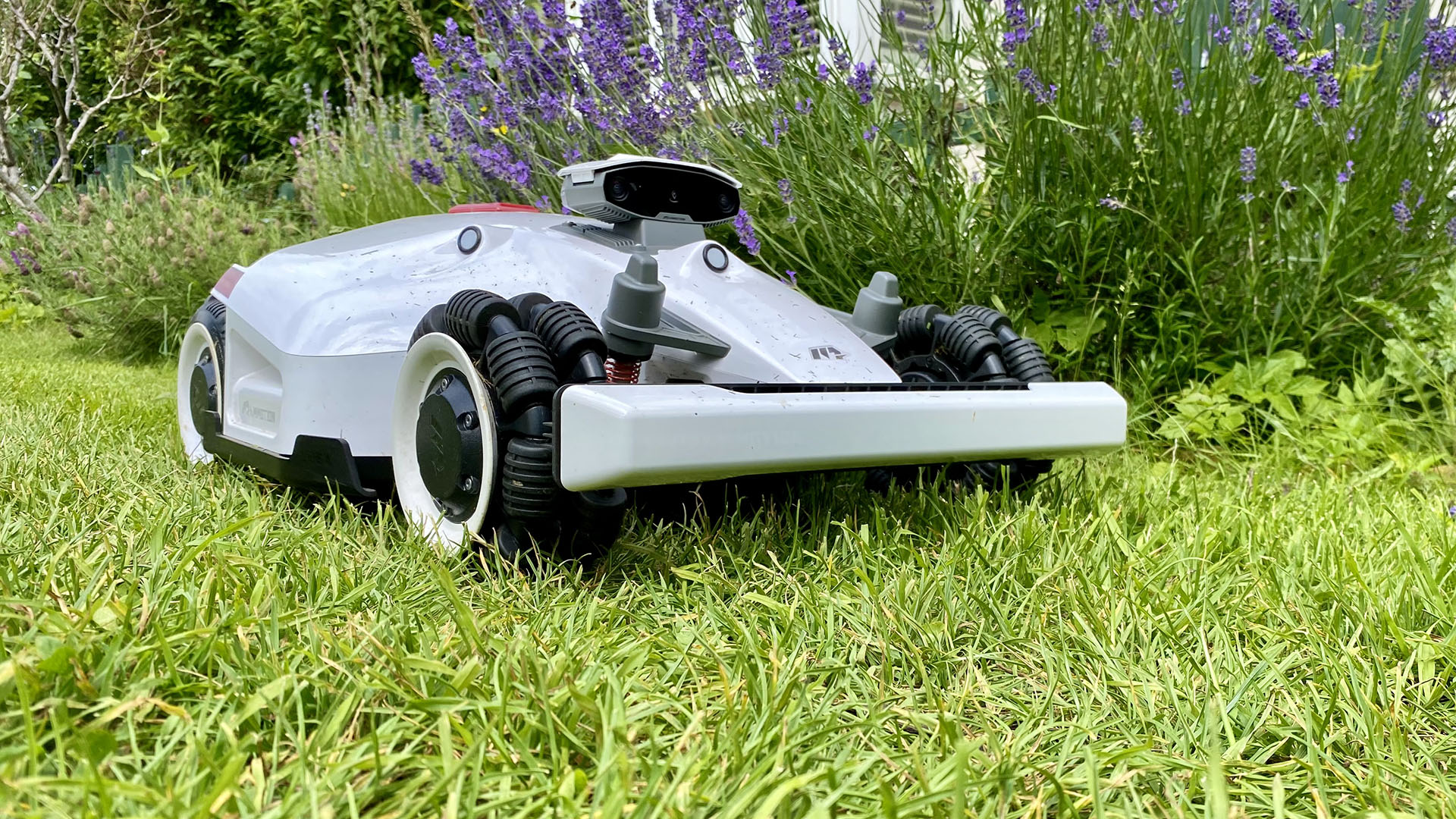
The idea behind the concept of the autonomous lawn mower is no different to that of the vacuum cleaner, dishwasher, washing machine, tumble dryer or coffee maker. If there's a human task that can be fulfilled by a robot, you can be sure humankind will find a way to create that robot.
Robotic lawn mowers have, at least in the past, proved to be much more of a niche product rather than an essential one. This is doubtless due not only to the high price of robot lawn mowers in general, but also the awkward and time-consuming installation process that, in many cases, still involves laying a perimeter wire around the lawn where it meets the flower borders, ponds, outdoor furniture and other obstacles. Were it not for the enormous hassle of having to lay a perimeter wire around the lawn, perhaps robot lawn mowers would have caught on a lot more quickly than they have.
Well that day has arrived because, by stark contrast, the very latest wave of robot lawn mowers now use a variety of completely different technologies to help them navigate lawns up to and above 4,000 square meters – and all without the need for any perimeter wire. You can learn more about these amazing autonomous groundkeepers by dipping into our guide to how robot lawn mowers work.
Why would you want or need a robot lawn mower?
Granted, of all household chores, mowing the lawn is arguably one of the more pleasurable tasks to do. It gets you outside for some exercise and there's a certain amount of pride to be gleaned from seeing the results of all your hard work. However, there's no getting away from the fact that mowing a lawn takes time, especially if you have a large garden. Not only that, but you will need to find a way to dispose of the cuttings. Since the average robot mower uses the mulching technique – where fine grass cuttings are fed back into the lawn as fertilizer – this problem is removed.
On top of this, there's all the extraneous details associated with conventional lawn mowers, like making sure you have enough fuel in the tank if you have a petrol mower, and ensuring that you have a fully-charged battery to hand if it's a cordless model.
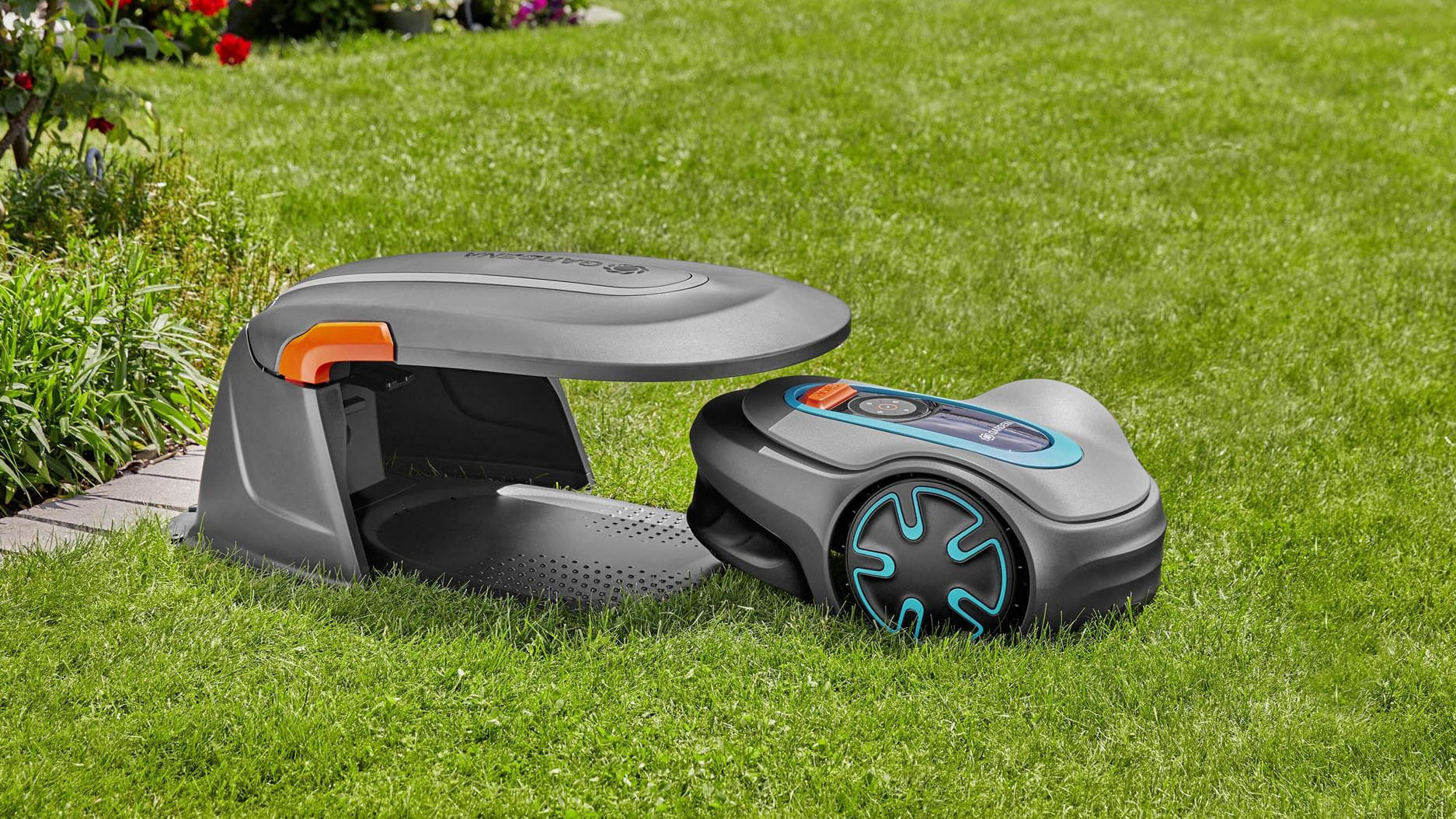
Really, if ever there was a time to consider throwing in the towel and opting for a robot lawn mower to do all the dirty work, now is that time. The million dollar question is whether a robot mower is for you specifically and that's what this guide will hopefully address.
Should I buy a robot lawn mower? Yes!
1. Save time and energy
Robot lawn mowers almost completely eradicate the time and effort required to maintain a lawn, which could be especially handy for the elderly and infirm, and anyone with a larger-than-average lawn. Yes, you will still need to reach for a grass trimmer to do the very edges of the lawn where it meets physical borders, but then you will need to do that very same thing with a conventional mower, too.
Get daily insight, inspiration and deals in your inbox
Sign up for breaking news, reviews, opinion, top tech deals, and more.
The brilliant thing about the very latest tranche of self-navigating robots is that, once the lawn has been correctly mapped, they will operate completely autonomously, allowing you to focus on other tasks or simply enjoy some spare time with a G&T on the patio. Your days of having to grab a window in the weather or rushing out to do the lawn before guests arrive will be well and truly behind you.
2. Consistent lawn care
Depending on the type of mowing schedule you've selected, today's lawnbots will keep your sward in tip-top condition on a daily basis so the lawn always looks like it's just been cut. In fact, some RTK GPS models like the LUBA 2 AWD and Segway Navimow iSeries leave perfectly straight lawn stripes in their wake that will blow you away and make your lawn the envy of the neighborhood.
As any horticulturist will tell you, regular mowing using the mulching technique promotes healthier grass growth and a consistently neat appearance. And that's exactly what robot mowers do – they cut grass to a specific length day in, day out if required.
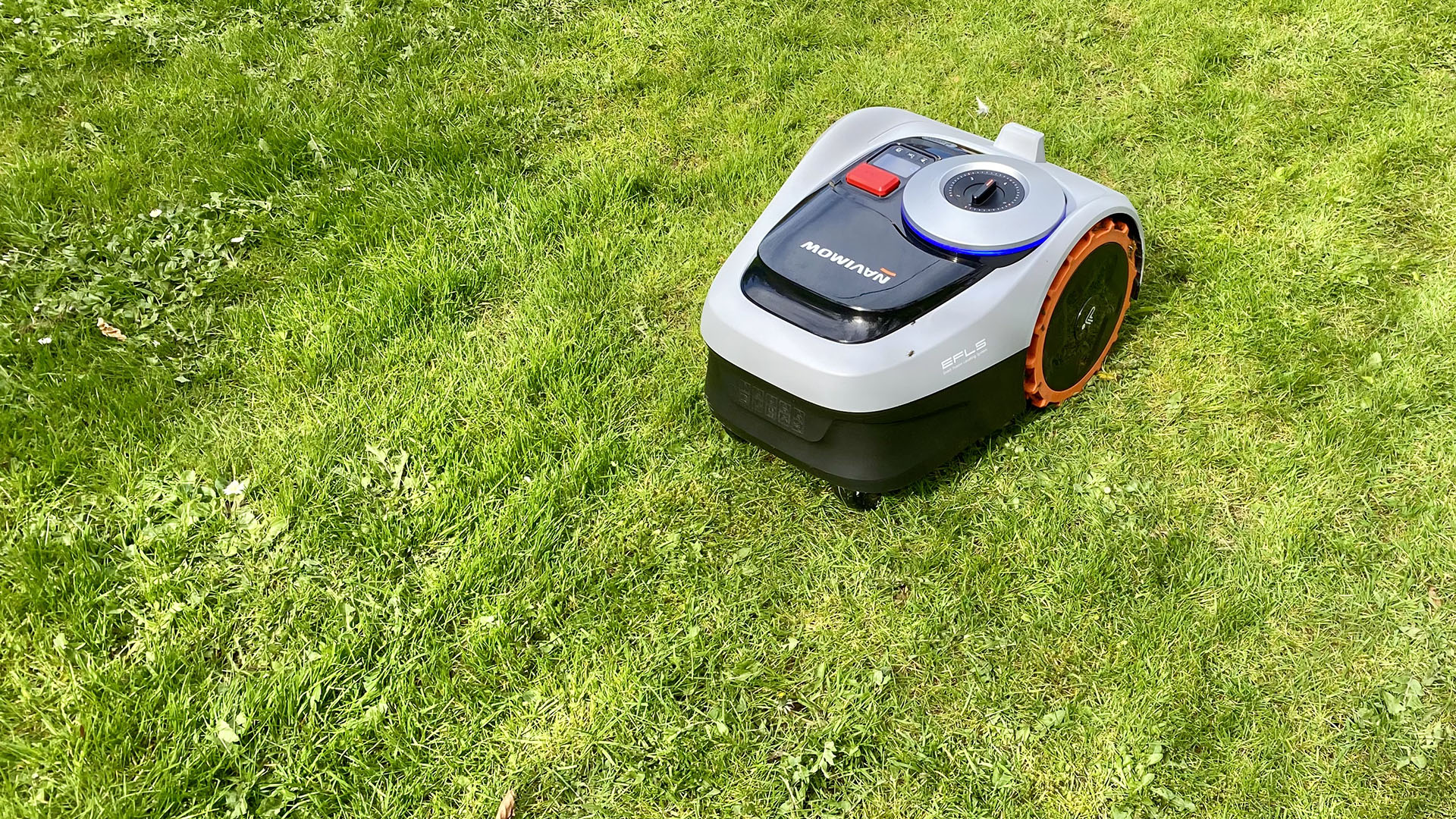
If you have a lot of obstacles like ponds, garden furniture, centrally-located trees or gazebos dotted about the lawn, fear not – the vast majority of mowbots can either be programmed to avoid those areas or, in some cases, use their own front-mounted cameras and sensors to detect and avoid anything in their path. And don't worry if you have multiple lawns either, because the latest models will happily trundle from one lawn to the next as long as there are no obstacles like gates or stairs in the way.
3. Lawn care while you're away
One of the best things about having an autonomous bot cut your lawn is that when you go away on a two-week vacation, you can rest assured that the lawn will be dutifully cared for and you won't come back to a pasture full of tall grass that will need about two cuts to get it back to how you left it – along with a ton grass clippings to dispose of.
This is a major bonus in my opinion. It's all very well asking a neighbor to water your plant pots while away, but an altogether more awkward ask to also mow the lawn. And because most bots work with an app, you can easily make adjustments to the schedule while lounging on the beach.
4. Smart features
Most modern lawnbots are app-enabled and come with a smorgasbord of smart features such as programmable schedules, mobile app control and integration with smart home systems. Most models are equipped with rain sensors, too, so they won't venture onto the lawn during inclement weather.
The more premium models allow the user to program cutting heights and cutting direction. In the case of the Mammotion LUBA 2 AWD, you can even have the robot cut preset patterns, shapes and words into the lawn.
5. Environmental benefits
Robot mowers are battery-powered so they produce zero emissions. They are also near-silent when in operation – indeed, so quiet you can hardly hear them working from just a few meters away. This means you can have the lawn cut at any time of day – or night if the model is equipped with GPS or a headlight – and your neighbors will never know.
Should I buy a robot lawn mower? No!
1. Initial cost
As you might expect, robot lawn mowers are much more expensive to purchase than traditional mowers, though prices have come down considerably and will drop even further as more and more people jump on the bandwagon. At the moment, you're looking at around $400 / £300 for a budget model and $1,300 to $3,000 / £1,000 to £2,300 for an RTK GPS-enabled model with a wider cutting deck and more battery power for tackling larger lawns.
While these higher costs won't cancel themselves out for anyone who normally cuts the lawn themselves, they will pay for themselves in the long run for those who currently employ a regular gardener to mow their lawn. Yes, it's sad to know that lawn mowing is likely to be yet another human task that's likely to be replaced by a robot, but that's progress for you.
2. Setup and maintenance
Now here's the thing. Up until quite recently, every robot mower has needed a long perimeter wire positioned between the grass and the borders, plus further strips of wire around obstacles like ponds and gazebos. This is to keep the mower within the confines of the lawn so it doesn't end up in the pond or the flower borders. There are two ways to lay these cables: yourself, which is a monumental hassle, or by a professional which adds a lot more cost to the package.
Robot mowers that use a perimeter wire are usually among the cheapest to buy, but if you can stretch your budget, I would wholeheartedly recommend opting for one of the latest RTK GPS models or a camera-based mowbot like the Worx Landroid Vision. The time and hassle saved setting up the latest generation of wire-free lawnbots is worth its weight in gold.
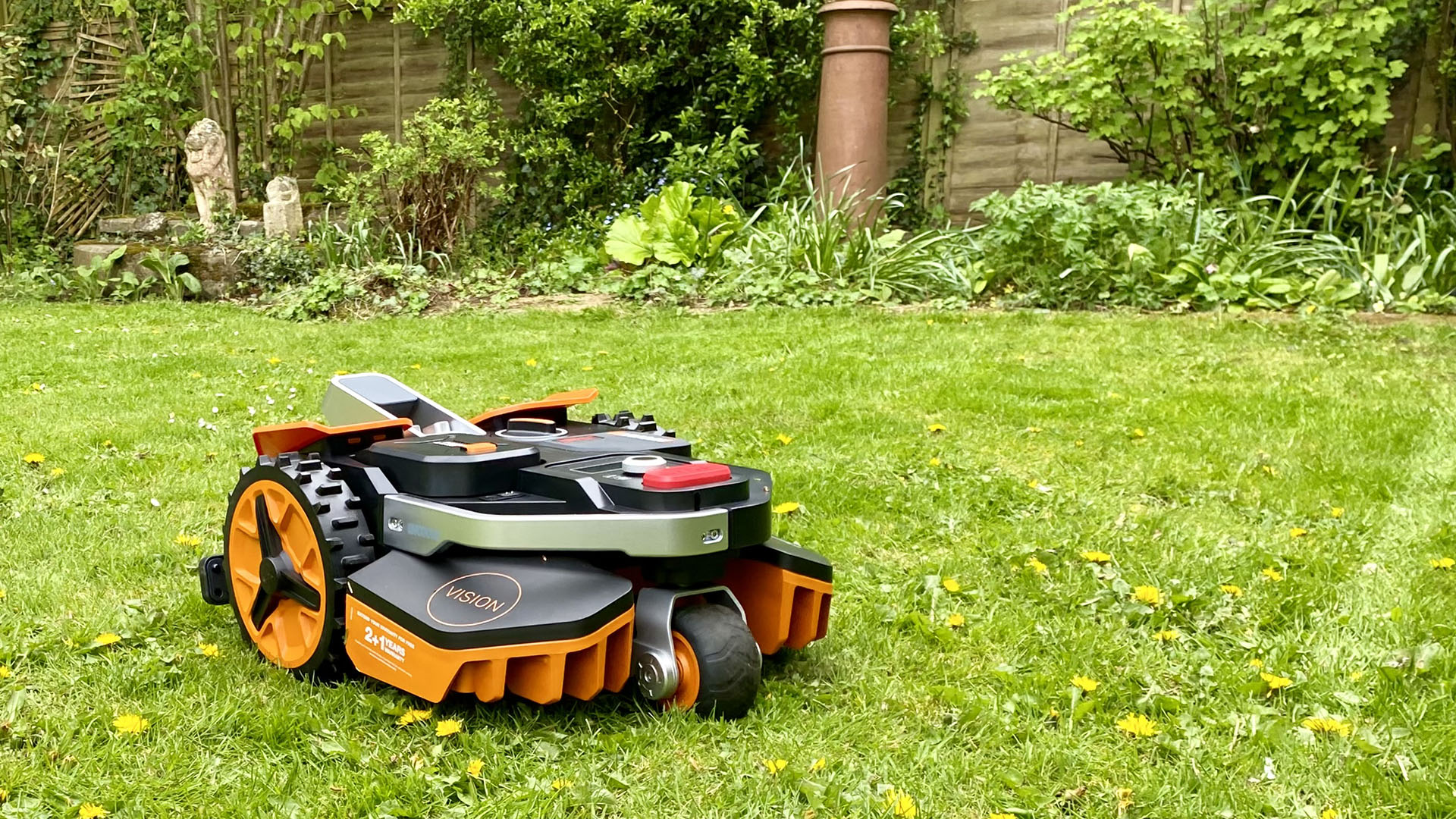
As with any conventional mower, there will always be a small amount of maintenance required like hosing off the cutting deck to keep it clean and free from dried clumps of grass cuttings, cleaning camera lenses and sensors, or changing the robot's rotating razor-like cutting blades. But really, this is a 10-minute job that you could hardly call an inconvenience.
3. Performance limitations
Some cheaper robot mowers might not handle very uneven terrain, steep slopes or particularly thick or tall grass as effectively as a traditional mower and, as mentioned above, edge trimming will still need to be done manually. However, if you're prepared to dig deeper into the pockets, you could solve all these terrain-based issues and purchase a model like the ground-breaking Mammotion LUBA 2 AWD which is able to traverse the gnarliest of terrain, cut grass taller than itself and climb inclines up to an impressive 38 degrees. In other words, shop around and you will definitely find a robot mower to suit your own requirements.
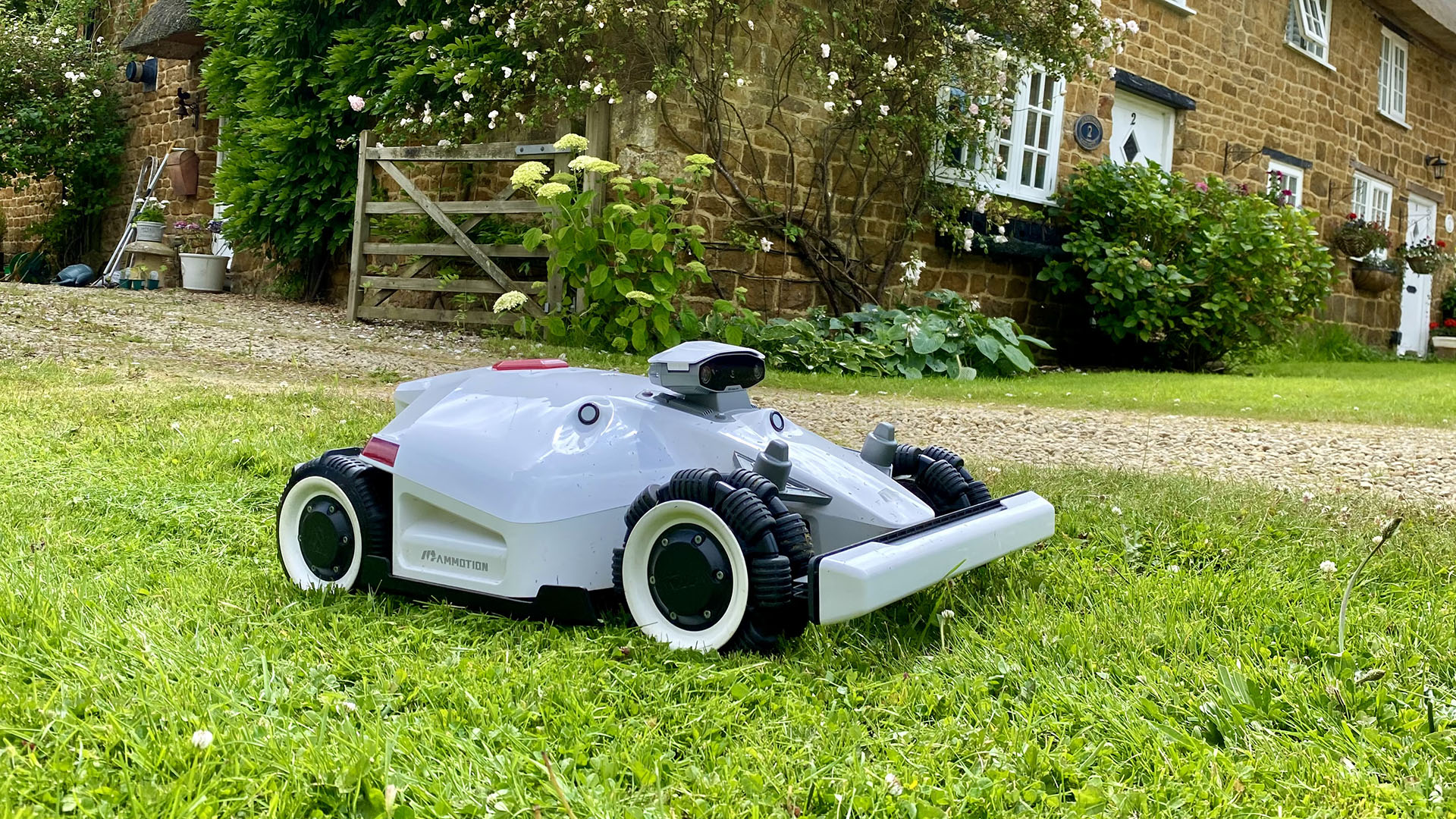
4. Theft and security
Since it is always outdoors either mowing the lawn or sitting on a charging station, a robot mower is unfortunately open to being stolen off the lawn, especially if the lawn is at the front of the home and visible from public rights of way. Nevertheless, the majority of mowbots today are equipped with anti-theft devices like PIN codes and, in some cases, GPS tracking while the new generation of smartphone-enabled models also feature account binding so the robot is rendered useless when taken beyond the wi-fi signal of the original owner.
5. Battery Life
Battery-powered mowers have limited runtimes and may require frequent recharging, especially on larger lawns. In the grand scheme of things, a robot mower running out of battery mid session isn't that big a deal because it will simply return to the charging station and when fully charged will head out to complete the task. However, as with buying a conventional lawnmower, it's best to first measure your lawn using a browser-based online lawn size calculator and choose a model that best suits your lawn's dimensions.
Derek Adams has been in consumer tech journalism since joining London listings magazine Time Out in the early ‘80s. He’s an experienced reviewer of cordless vacs and robot vacs, indeed anything that runs on batteries or has a plug attached. Derek also writes extensively for TechRadar’s sister site T3.com between playing drums and guitar with his bandmates in Red Box.
